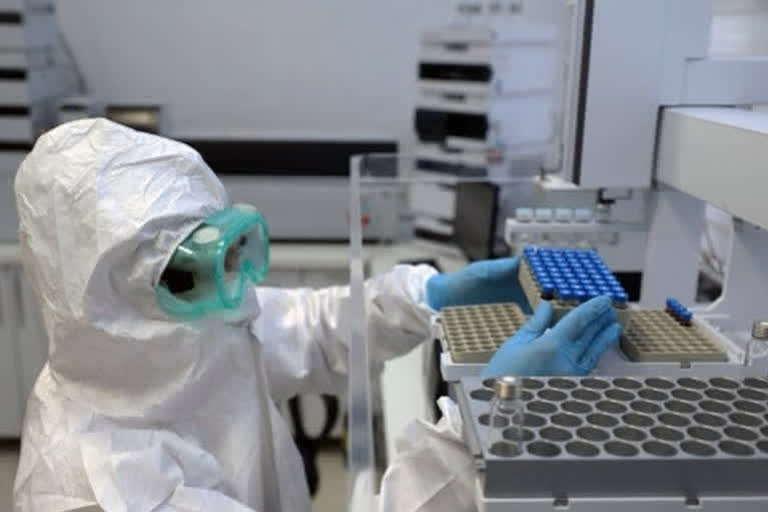Hyderabad: One year from the onset of the pandemic, recovery spending has fallen short of nations’ commitments to build back more sustainably.
According to a report launched on Friday, by the Global Recovery Observatory, only 2.5 per cent of all COVID-19 recovery spending will have “positive green characteristics,” like reducing greenhouse gas emissions and protecting natural capital.
The Observatory is tracking the fiscal rescue and recovery spending of the world’s fifty largest economies, to pin down the level of green spending built into rescue and recovery plans. The study is part of the broader Oxford University Economic Recovery Project, supported by the United Nations Environment Programme (UNEP), the International Monetary Fund, and the Deutsche Gesellschaft für Internationale Zusammenarbeit (GIZ).
Also read: Karnataka man tests negative for S Africa variant
An analysis of spending by leading economies, led by Oxford’s Economic Recovery Project and the UN Environment Programme (UNEP), finds only 18.0% of announced recovery spending can be considered ‘green.
The most comprehensive analysis of COVID-19-related fiscal rescue and recovery efforts by 50 leading economies so far, the report reveals that only $368bn of $14.6tn COVID-induced spending (rescue and recovery) in 2020 was green. USD1.9tn to long-term recovery measures and USD1.6tn was unclear spending.
The global economy contracted by approximately 3.5% in 2020 (IMF, 2021), easily the largest single-year drop since World War II.
Also read: Alia Bhatt is 'Major missing' COVID-struck Ranbir Kapoor, shares pic
Key findings of the analysis:
The report points out that advanced economies are spending about 17 times more per person than what is being spent in emerging markets and developing economies.
$341bn or 18.0% of spending was green, mostly accounted for by a small group of high-income countries. Global recovery spending has so far missed the opportunity for green investment.
$66.1bn was invested in low carbon energy, largely thanks to Spanish and German subsidies for renewable energy projects and hydrogen and infrastructure investments.
$86.1bn announced for green transport through electric vehicle transfers and subsidies, investments in public transport, cycling and walking infrastructure.
$35.2bn was announced for green building upgrades to increase energy efficiency, mostly through retrofits, notably in France and the UK.
$56.3bn was announced for natural capital or Nature-based Solutions (NbS)– ecosystem regeneration initiatives and reforestation.
Two-fifths was directed towards public parks and counter pollution measures, notably in the US and China, improving quality of life and addressing environmental concerns.
$28.9bn was announced in green R&D. Green R&D includes renewable energy technologies, technologies for decarbonising sectors such as aviation, plastics, and agriculture, and carbon sequestration. Without progress in green R&D, meeting the Paris Agreement targets would require far-reaching pricing and lifestyle changes.
Also read: 'Family planning disrupted for millions during pandemic'



